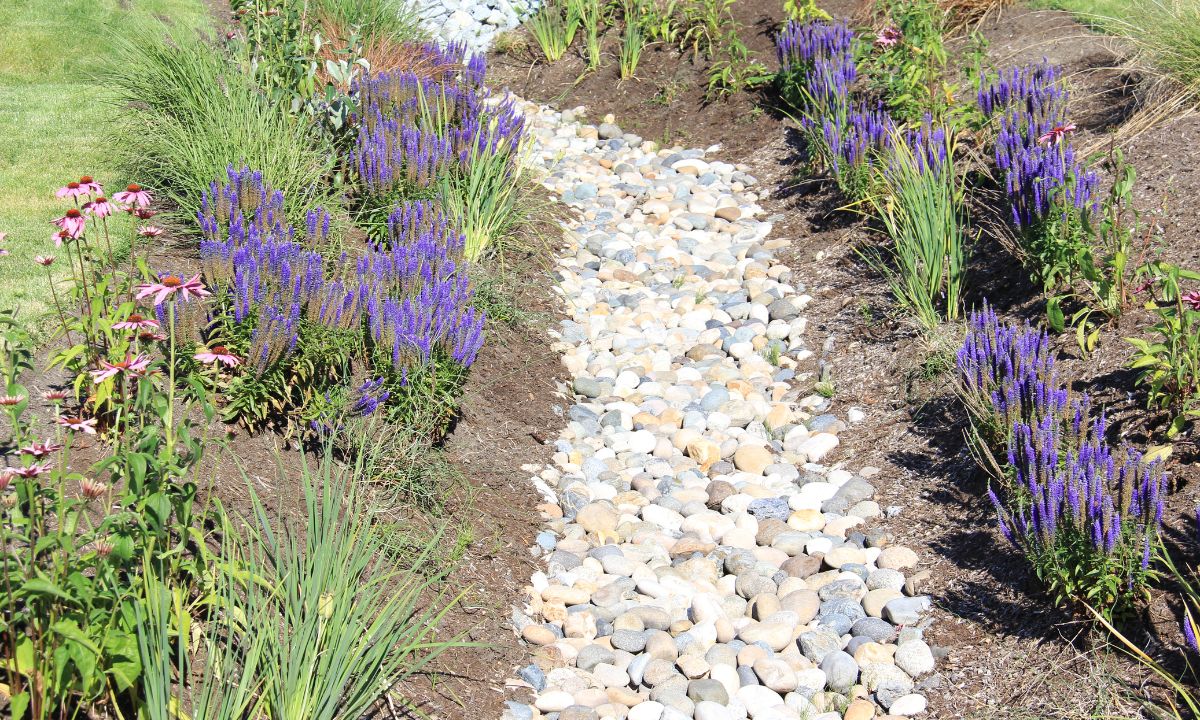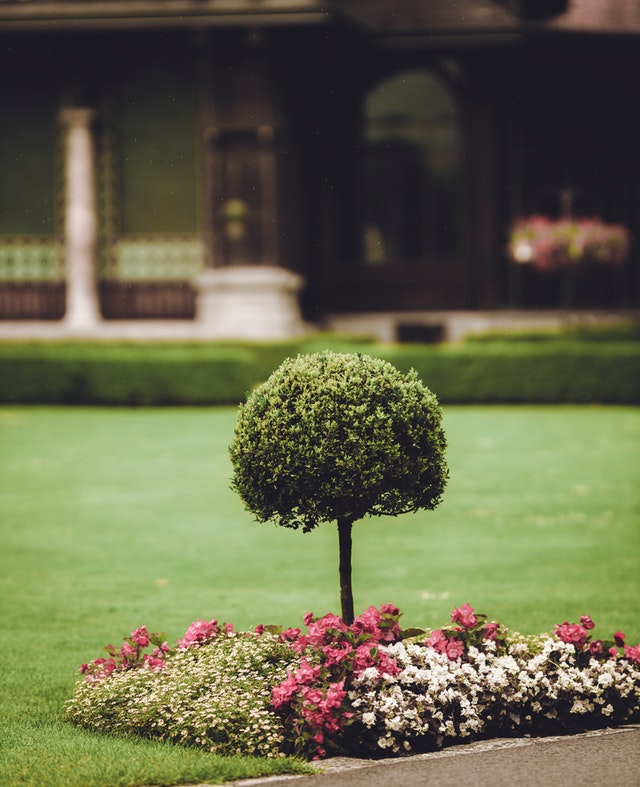 What is Grading?
What is Grading?
Grading involves creating a slope in your garden to ensure proper drainage. This process not only helps prevent water accumulation around your home but also contributes to the overall aesthetic and functionality of your outdoor space.
Why Grading is Essential
1. Prevents Water Damage
Proper grading directs water away from your home, reducing the risk of water damage to your foundation and basement. A well-graded garden ensures that water flows away from your property, keeping your basement dry and your foundation stable.
2. Enhances Aesthetic Appeal
A sloped garden can add visual interest and dimension to your landscape. It creates a natural flow that can be accentuated with terracing, pathways, and varied plantings, making your garden more visually appealing.
3. Improves Lawn and Garden Health
Good drainage facilitated by proper grading helps maintain the health of your plants. Excess water can lead to root rot and other issues, but a well-graded garden ensures that water is efficiently absorbed and distributed.
How to Grade Your Garden
1. Planning and Measuring
Begin by planning the desired contours of your garden. Use a piece of twine stretched between two stakes to measure the slope accurately. This helps in achieving the correct gradient.
2. Rough Grading
Start by stripping the topsoil and setting it aside. This top layer can be reused later. Grade the subsoil to create the desired slope, ensuring you leave enough space to reapply the topsoil. Maintain a slight slope away from your house for effective drainage.
3. Finishing Touches
After grading the subsoil, spread the topsoil evenly across the area. If you’re planning to install a terrace, tamp down the soil and add a layer of gravel or crushed rock to form a stable base. This will prevent water pooling and ensure a long-lasting terrace.
Benefits of Professional Help
While grading can be a DIY project, consulting with a landscaping professional can save time and ensure accuracy. Professionals have the tools and expertise to measure slopes precisely and create effective drainage solutions.
Grading is a fundamental step in creating a beautiful and functional garden. It enhances your home’s curb appeal, prevents water damage, and promotes the health of your lawn and plants. Whether you’re planning a lush garden, a serene lawn, or a stylish terrace, start with proper grading to enjoy a landscape that’s both attractive and easy to maintain.
 Attractive landscaping is one of the first things that potential home buyers notice. They may see the landscaping in the photos of a home for sale or may even do a physical drive-by. The view of the property from the street is called “curb appeal.” It is important to make this be as nice as possible.
Attractive landscaping is one of the first things that potential home buyers notice. They may see the landscaping in the photos of a home for sale or may even do a physical drive-by. The view of the property from the street is called “curb appeal.” It is important to make this be as nice as possible. Think of backyard space as “in-between” or transitional space that is a bit like being inside while being outside. Sunrooms, screened-in covered patios, outdoor kitchens, spas, fire pits and more, are all becoming very popular ways to make more use of the backyard. Making use of the outside area is not limited to only the times of the year that have nice, warm weather.
Think of backyard space as “in-between” or transitional space that is a bit like being inside while being outside. Sunrooms, screened-in covered patios, outdoor kitchens, spas, fire pits and more, are all becoming very popular ways to make more use of the backyard. Making use of the outside area is not limited to only the times of the year that have nice, warm weather. While the weather is still pleasant this fall, it can be a good idea to plan ahead for early spring blooms. Trim shrubbery, plant bulbs, install new edging or add whimsical garden accessories to assure that when spring rolls around you’ll have something attractive to look at. Getting creative now will boost your spirits when winter seems to last longer than it should!
While the weather is still pleasant this fall, it can be a good idea to plan ahead for early spring blooms. Trim shrubbery, plant bulbs, install new edging or add whimsical garden accessories to assure that when spring rolls around you’ll have something attractive to look at. Getting creative now will boost your spirits when winter seems to last longer than it should!